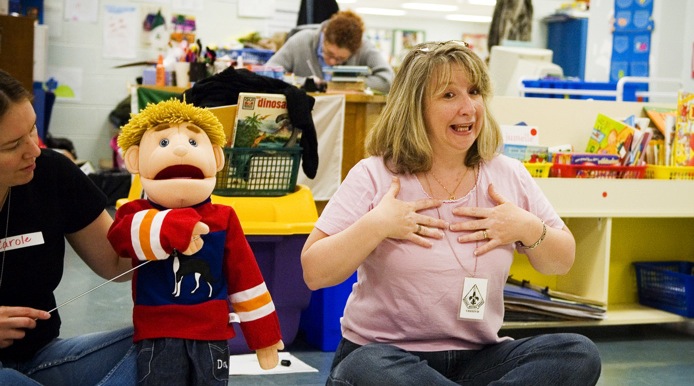Bullying is always painful and damaging for the person who is targeted. In all cases, acts of cruelty need to be interrupted and the behaviour condemned and unequivocally so. When bullying is based on social inequity, the impact is likely to be pervasive and far-reaching.
When people are bullied, harassed or assaulted as a result of their identity or connection to a marginalized social group, the negative messages they have absorbed reverberate throughout their lives. When they go to a movie, when they surf the internet or communicate on social media, when they visit a museum or listen to music, when they participate in their faith community, they are likely to encounter some version of these messages. For example:
- A girl who is bullied at school based on her sexual activity or her appearance, insulted as “promiscuous”, or not “sexy enough” will see those images of women continually reinforced in various media.
- A gay, lesbian or transgendered student who is bullied at school based on their sexual orientation or gender identity will encounter similar attitudes of hatred and ostracism in the public sphere.
- A student from a marginalized ethnocultural group or religion who experiences bullying at school based on that identity will experience those attitudes of disparagement or distrust reinforced in the media, and in many daily interactions in the community.

Identifying bullying or exclusion based on inequity is important in that it helps us to develop an effective response. In a school setting, it is critical to identify forms of aggression that derive from larger social inequalities. It is equally important to name and interrupt all forms of such abuse in order to expose the problem, and to validate students’ (and parents’ and staff members’) life experiences.
Abuse and violence are always unacceptable, whatever their form. It is important never to minimize their gravity. Constructive, coherent and consistent bullying prevention strategies communicate this important principle to students and all school community members. Assault prevention strategies that appropriately address all forms of aggression students may encounter reinforce and deepen everyone’s understanding of this basic premise.
